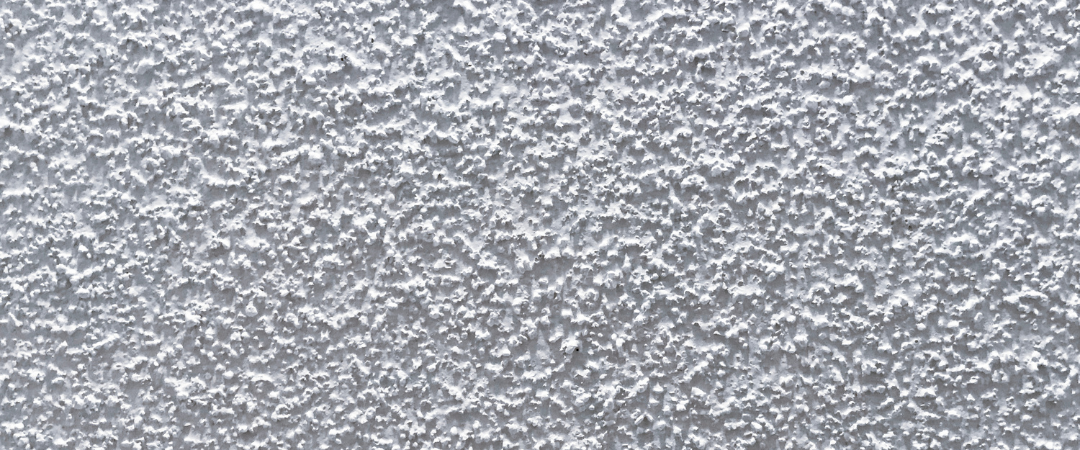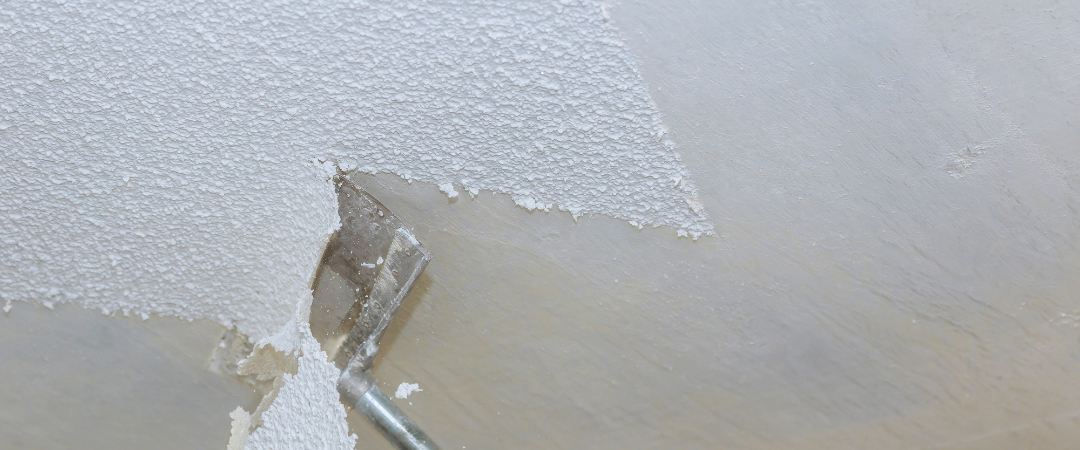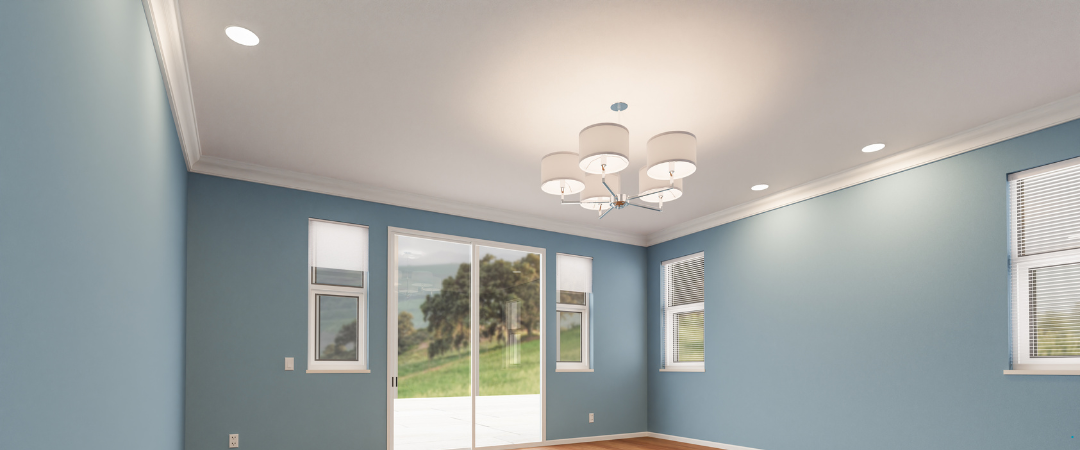Popcorn Ceiling Repair and Removal: The Ultimate Guide by All Square Ceiling Repair
Popcorn ceilings, once a popular design trend in homes built between the 1950s and the 1980s, are now often seen as outdated and unattractive. Many homeowners seek to remove these textured ceilings to modernize their spaces, reduce potential health hazards (such as asbestos in older homes), and increase the overall value of their property. However, popcorn ceiling repair is also a common service, especially for those who don’t want to remove the ceiling entirely but need to fix issues such as cracks, water damage, or sagging.
At All Square Ceiling Repair, we specialize in both popcorn ceiling repair and removal. Our experienced contractors provide efficient and thorough services to restore or update your ceilings, ensuring they look modern, clean, and safe. This guide will cover everything you need to know about popcorn ceiling repair and removal, including when to repair vs. remove, costs, the process involved, and why professional help is often the best route.
What Are Popcorn Ceilings?
Popcorn ceilings, also known as stipple or acoustic ceilings, were widely used in residential homes due to their sound-dampening properties and ability to hide imperfections. The textured appearance resembles popcorn, giving these ceilings their name.
Popcorn ceilings were popular because they were quick to apply, inexpensive, and helped conceal ceiling imperfections such as cracks or uneven drywall joints. However, over time, their rough, bumpy texture has fallen out of favor, with most homeowners now opting for a smooth, flat ceiling finish.
Common Issues with Popcorn Ceilings
Over time, popcorn ceilings can present a number of issues, leading to the need for repairs or removal. Some of the most common problems include:
1. Asbestos in Older Homes
Many popcorn ceilings installed before the 1980s may contain asbestos, a hazardous material that can lead to serious health issues if disturbed. If your home was built before 1980, it’s critical to have your popcorn ceiling tested for asbestos before attempting any repairs or removal.
2. Water Damage
Popcorn ceilings are particularly susceptible to water damage, often resulting in stains, sagging, or crumbling texture. Water damage can occur from leaks, plumbing issues, or roof problems and needs to be addressed immediately to prevent mold growth.
3. Cracking or Flaking
Popcorn ceilings are prone to cracking and flaking over time, especially in homes with high humidity or fluctuating temperatures. This not only creates an unsightly appearance but can also cause the texture to fall off in chunks.
4. Sagging
Sagging popcorn ceilings may be caused by water damage, improper installation, or the natural aging of materials. This is not only visually unappealing but can also indicate more serious structural issues that need to be addressed.
5. Difficulty Cleaning
Due to their textured nature, popcorn ceilings trap dust, cobwebs, and other debris, making them difficult to clean. Over time, this can cause discoloration and make the ceiling look dirty or dingy.
Popcorn Ceiling Repair: When and How to Repair
While many homeowners choose to remove popcorn ceilings altogether, in some cases, repair is a more cost-effective solution. If your popcorn ceiling is in relatively good condition but has minor damage such as cracks or small water stains, repairs may be all that’s needed to restore its appearance.
1. When to Repair Popcorn Ceilings
You should consider repairing your popcorn ceiling if:
- The Damage is Minor: Small cracks, water stains, or isolated sections of sagging can be repaired without removing the entire ceiling.
- No Asbestos is Present: If your ceiling has been tested and contains no asbestos, repairs can be safely made.
- You Want to Preserve the Texture: Some homeowners prefer the unique look of popcorn ceilings and may opt for repairs to maintain the texture.
2. How to Repair Popcorn Ceilings
Repairing a popcorn ceiling involves several steps, including patching up cracks, fixing water damage, and reapplying the popcorn texture in damaged areas.
Patching Small Cracks: For minor cracks, use a drywall patching compound to fill the cracks. Once the compound is dry, gently sand the area to smooth it out and reapply the popcorn texture with a spray texture patch or stipple brush.
Fixing Water Damage: If water damage is present, the first step is to identify and fix the source of the leak. Once the ceiling is completely dry, scrape away the damaged popcorn texture, repair the underlying drywall, and reapply the texture.
Reapplying Texture: If large areas of the popcorn ceiling are damaged or missing texture, you can use a popcorn ceiling spray to blend the repaired areas with the rest of the ceiling. This helps create a uniform finish.

Popcorn Ceiling Removal: When and Why to Remove
For homeowners who want to modernize their space, remove potential asbestos risks, or eliminate the hassle of maintaining a textured ceiling, removing the popcorn texture is often the best option.
1. When to Remove Popcorn Ceilings
You should consider removing your popcorn ceiling if:
- Asbestos is Present: If your popcorn ceiling contains asbestos, professional removal is the safest option.
- You Want a Modern Look: Smooth, flat ceilings are now the standard in most modern homes, and removing a popcorn ceiling can instantly update the look of your space.
- Extensive Damage Exists: If your popcorn ceiling has extensive water damage, sagging, or cracks, removal may be more cost-effective than repairs.
- You Plan to Sell Your Home: Many homebuyers view popcorn ceilings as outdated, and removing them can increase your home’s value and appeal to potential buyers.
2. How to Remove Popcorn Ceilings
Popcorn ceiling removal is a multi-step process that requires careful preparation and the right tools. Here’s an overview of the steps involved:
Step 1: Test for Asbestos
Before beginning any removal project, have your popcorn ceiling tested for asbestos, especially if your home was built before 1980. If asbestos is present, hire a licensed professional to safely remove it.Step 2: Prepare the Room
Remove all furniture from the room, cover the floors with plastic sheeting, and use painter’s tape to protect the walls. Since the removal process can be messy, it’s important to create a clean work environment.Step 3: Soften the Texture
Use a garden sprayer to mist the ceiling with water. This softens the texture, making it easier to scrape off. Be careful not to oversaturate the ceiling, as too much water can damage the underlying drywall.Step 4: Scrape the Texture
Once the popcorn texture is softened, use a wide drywall scraper to carefully remove it from the ceiling. Work in small sections, being careful not to gouge the drywall beneath.Step 5: Repair and Smooth the Ceiling
After the texture is removed, inspect the ceiling for any damage. Patch any cracks or holes, sand the surface smooth, and apply a coat of primer. Once the primer is dry, paint the ceiling for a smooth, modern finish.

Costs of Popcorn Ceiling Repair and Removal
The cost of repairing or removing popcorn ceilings varies depending on the size of the room, the condition of the ceiling, and whether asbestos is present.
1. Popcorn Ceiling Repair Costs
- Small Repairs: Minor repairs, such as patching cracks or reapplying texture to a small area, typically cost between $150 and $300.
- Water Damage Repairs: Repairing water damage and retexturing the affected area can range from $200 to $500, depending on the extent of the damage.
- Sagging Ceiling Repair: Repairing sagging popcorn ceilings may cost between $400 and $1,000, particularly if structural issues are involved.
2. Popcorn Ceiling Removal Costs
- Non-Asbestos Ceiling Removal: The cost to remove a popcorn ceiling without asbestos typically ranges from $1 to $3 per square foot, with the average cost for an entire room ranging from $500 to $1,500.
- Asbestos Ceiling Removal: If asbestos is present, removal costs increase significantly. Asbestos removal can range from $3 to $7 per square foot, with the total cost often exceeding $2,000 for larger rooms.
Preventing Future Issues with Popcorn Ceilings
Whether you choose to repair or remove your popcorn ceiling, it’s important to take steps to prevent future problems and maintain the integrity of your ceiling.
1. Address Water Leaks Promptly
Water damage is one of the most common causes of ceiling issues, so it’s important to fix any leaks or plumbing problems as soon as they arise. Regularly inspect your roof, plumbing, and HVAC system for signs of leaks.
2. Control Humidity
Popcorn ceilings are particularly vulnerable to high humidity levels, which can lead to cracking and flaking. Use dehumidifiers in rooms with high moisture levels, such as bathrooms and kitchens, to protect your ceiling.
3. Regular Inspections
Perform regular inspections of your ceilings to catch any issues early. Look for signs of sagging, cracking, or discoloration, and address any problems before they worsen.

Why Choose All Square Ceiling Repair for Popcorn Ceiling Services?
At All Square Ceiling Repair, we are committed to providing high-quality popcorn ceiling repair and removal services across the nation. Our experienced contractors work with precision and care to ensure your ceiling looks its best, whether you choose to repair or remove the texture.
- Expertise: Our contractors are highly skilled in both repairing and removing popcorn ceilings, ensuring a seamless finish every time.
- Safety: We prioritize safety and follow all necessary precautions when dealing with asbestos-containing ceilings.
- Customer Satisfaction: Your satisfaction is our top priority, and we work diligently to deliver top-quality results that exceed your expectations.
Contact us today at (800) 900-3868 for a free estimate and to discuss your popcorn ceiling repair or removal needs. Let our team of professionals restore your ceiling to its best condition, providing a safe, modern, and beautiful result.

